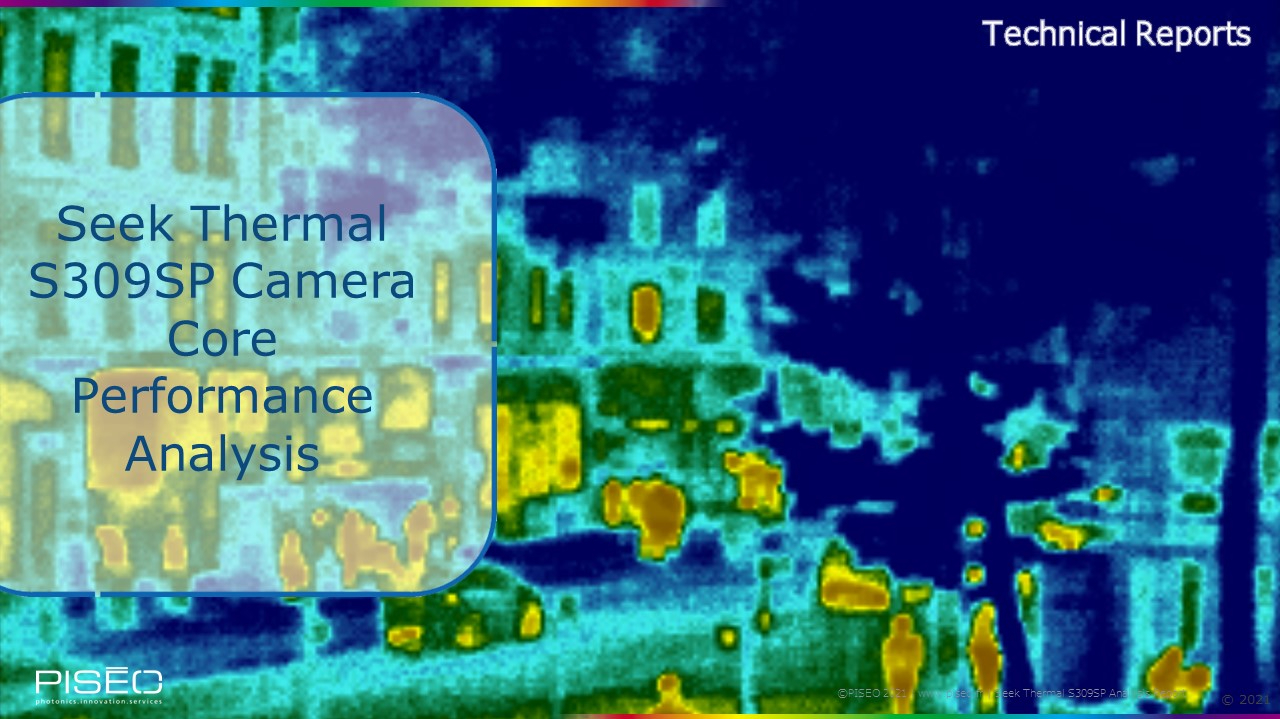> 2021 september : PISÉO published a new report “Seek Thermal Mosaic Core S309SP camera analysis”.
Fueled by multiple drivers, including the need to measure the temperature of a large number of people due to COVID-19 as well as general surveillance, the market for infra-red thermal imaging cameras and modules is expanding rapidly.
In fact, our partner Yole Développement (Yole) expects an 8% compound annual growth rate from 2019 to 2025 (CAGR2019-2025). Many new players, especially from Asia, have already started to disrupt the market. In order to make appropriate choices, therefore, users, integrators, and sensor manufacturers need to be able to discriminate between products based on accurate and independent assessments of their performance and features (benchmarks).
Following the positive feedback of its successful first report ”iRay T3S Thermal Camera Performance Analysis” and “UV-C LEDs at the time of Covid-19“, PISÉO’s team now reveals how the successful Seek Thermal Mosaic Core S309SP camera module performs, from sensor detection through to image production.
How to discriminate between cameras in a booming market ?
Currently, no international performance testing standards have been published. This situation leaves purchasers of such systems with supplied datasheet values that may not always be right or may only provide partial information. This is where PISÉO’ fills the gap, with its independent evaluations and testing of thermal cameras.
This Thermal Mosaic Core S309SP performance analysis is the third report we have published that shows the actual performance of commercialized products. More will come in the near future enabling fair performance comparisons.

Establishing an international performance testing standard
In order to characterize the performance of the camera core, PISÉO’’s experts use their own test protocols, software, and lab equipment, which includes a calibrated HGH black body and climate chamber able to perform tests at ambient temperatures ranging from -20°C (-4°F) up to 100°C (212°F).
There is currently no international standard protocol for thermal camera performance testing available.
After performing our own characterization tests on many devices, analyzing manufacturers’ datasheets and discussing the reasons for the discrepancies between our test results and their published values, it became clear to us that the performance values published were all based on different test protocols. It is, therefore, quite impossible for the purchaser to use the datasheets to select a thermal camera or core based on comparable performance values between products. Therefore, we aim to publish such data based on a fully transparent and consistent testing protocol whatever the product tested.
By doing so, we provide the market with independent, unbiased test results that de facto establish an international performance testing standard for thermal cameras, cores, and sensors. This report contains for the first time a table highlighting the comparison of the main performance indicators between products. using PISÉO’s own testing protocol. Manufacturers, integrators and end-users, if you also want to get your thermal camera tested, feel free to drop us a message!

Thermal camera : more reports to come
More reports will come soon which will allow fair product features and performances comparisons: iRay Micro3, HIK Vision… cameras and modules.
PISÉO’ has participated in the publication of other reports, notably with its partner YOLE DEVELOPPEMENT, the market research and strategy consulting company.
Other related reports :
IRay T3S Thermal Camera Performance Analysis
Thermal Imagers and Detectors 2020
Guide Infrared’s 17µm Microbolometer Module



